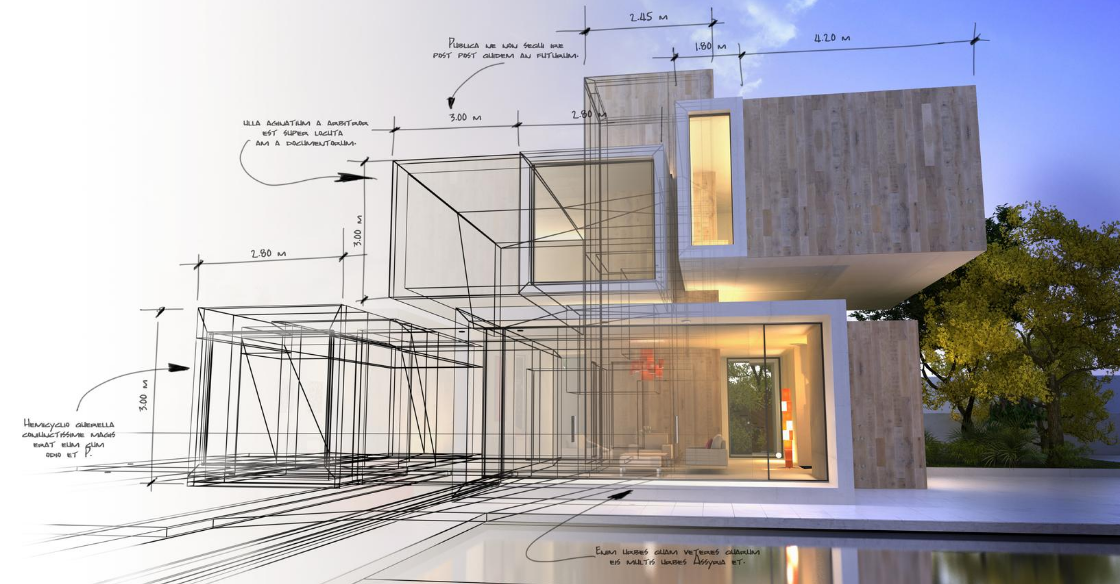Check Out Acclaimed Projects by Popular CDA Architects
Check Out Acclaimed Projects by Popular CDA Architects
Blog Article
The Necessary Function of a Designer in Shaping Lasting Urban Settings for Future Generations
The duty of an architect in crafting lasting city settings is increasingly critical in reacting to the difficulties of climate modification and urbanization. By seamlessly integrating eco-friendly concepts into their styles, engineers not only enhance the aesthetic and functional quality of urban areas but also address pressing issues such as power performance and social equity. Their competence in ingenious materials and community involvement forms growths that reverberate with regional values and aspirations. As we discover the complexities of this field even more, it becomes noticeable that the future of city living might pivot on the very practices engineers utilize today.
Recognizing Sustainable Urban Style
Lasting urban design incorporates ecological concepts with urban planning to develop atmospheres that are not just livable however additionally durable. This method stresses the importance of integrating all-natural systems into the city fabric, making sure that growth meets the demands of the here and now without endangering the ability of future generations to satisfy their very own needs. Key aspects of lasting urban style consist of efficient land use, the promo of biodiversity, and the integration of eco-friendly areas, every one of which add to boosted lifestyle for residents.
Additionally, sustainable metropolitan style prioritizes the reduction of the metropolitan warm island impact, boosted air top quality, and reliable stormwater monitoring. It encourages the usage of renewable energies and energy-efficient structure techniques, which significantly lower carbon impacts. Furthermore, lasting city layout cultivates social equity by developing obtainable public rooms and advertising mixed-use advancements that deal with diverse populations.
With thoughtful planning and cutting-edge layout methods, sustainable urban settings can improve community strength versus climate change while cultivating financial advancement. This holistic strategy not only addresses immediate city difficulties but additionally prepares for healthier, more lasting cities for generations to find.
Key Duties of Designers
Architects play a crucial function in shaping sustainable city atmospheres by translating style concepts into substantial structures and rooms. Their responsibilities incorporate a large range of tasks that add to the general success of city design jobs.
Primarily, designers conduct detailed site analyses to recognize the environmental, social, and cultural context of their jobs. This fundamental knowledge notifies their style choices, guaranteeing that structures integrate with their surroundings. They likewise take part in collaborative processes with stakeholders, consisting of city organizers, engineers, and the neighborhood, cultivating an inclusive method to city growth.
Additionally, designers are entrusted with creating styles that enhance power efficiency, resource conservation, and performance. They have to stick to local zoning legislations, developing codes, and sustainability qualifications, ensuring compliance while pushing the limits of advancement.

Innovative Materials and Techniques
In the quest of environmentally liable layout, cutting-edge materials and methods have actually emerged as crucial aspects in the production of sustainable metropolitan settings. Architects are progressively utilizing materials that lessen ecological impact while improving power performance. As an example, recycled products, such as redeemed wood and repurposed metals, not only minimize waste yet also add special visual top qualities to frameworks.
Additionally, advancements in technology have led to the development of high-performance products, such as protected concrete types (ICFs) and photovoltaic glass, which contribute to energy conservation and harness sustainable energy. Strategies such as easy solar layout and environment-friendly roofs further exemplify exactly how architecture can balance with all-natural systems, lowering dependence on artificial heating & cooling.
Moreover, the integration of wise products, which adapt to ecological adjustments, offers encouraging avenues for improving structure performance - cda architects. These materials can reply to temperature variations or dampness degrees, enhancing convenience and sustainability
Inevitably, the tactical option and application of ingenious products and methods encourage architects to produce urban areas that are not only practical and cosmetically pleasing however additionally resistant and eco responsible, making certain a sustainable future for generations to find.
Area Engagement and Partnership
The success of cutting-edge materials and methods in lasting metropolitan architecture is dramatically enhanced by active area involvement and cooperation. Designers need to recognize that the built environment exceptionally influences the lives of local citizens, making it essential to include them in the style process. Involving the area cultivates a feeling of possession and liability, making certain that developments not only meet aesthetic and functional needs however likewise show the worths and desires of those that occupy them.

Effective community interaction additionally aids in prioritizing social equity within city development. By thinking about the voices of marginalized populaces, engineers can create areas that are comprehensive and equitable. By doing this, community interaction and cooperation come to be essential to attaining really lasting metropolitan settings that offer the demands of present and future generations.
Future Fads in Lasting Style

Furthermore, innovations in innovation are forming future trends in lasting architecture. The combination of clever products and building systems permits for real-time energy administration, enhancing effectiveness and minimizing carbon impacts. Innovations such as eco-friendly roofing systems, living wall surfaces, and energy-generating exteriors are ending up being basic techniques, additionally advertising eco-friendly equilibrium within urban environments.
Moreover, a shift in the direction of biophilic design is obtaining traction, emphasizing the connection between nature and human health. By incorporating natural environments, architects produce areas that cultivate psychological wellness while promoting biodiversity.
Final Thought
To conclude, engineers are pivotal in advancing sustainable metropolitan atmospheres with their experience in layout, innovative products, and area involvement. By focusing on power efficiency and source preservation, these experts add to the production of resilient urban spaces that meet the needs of existing and future generations - cda architects. The assimilation of eco-friendly concepts not only improves livability but also fosters social equity, guaranteeing advancements resonate with the values and desires of the areas they offer
Report this page